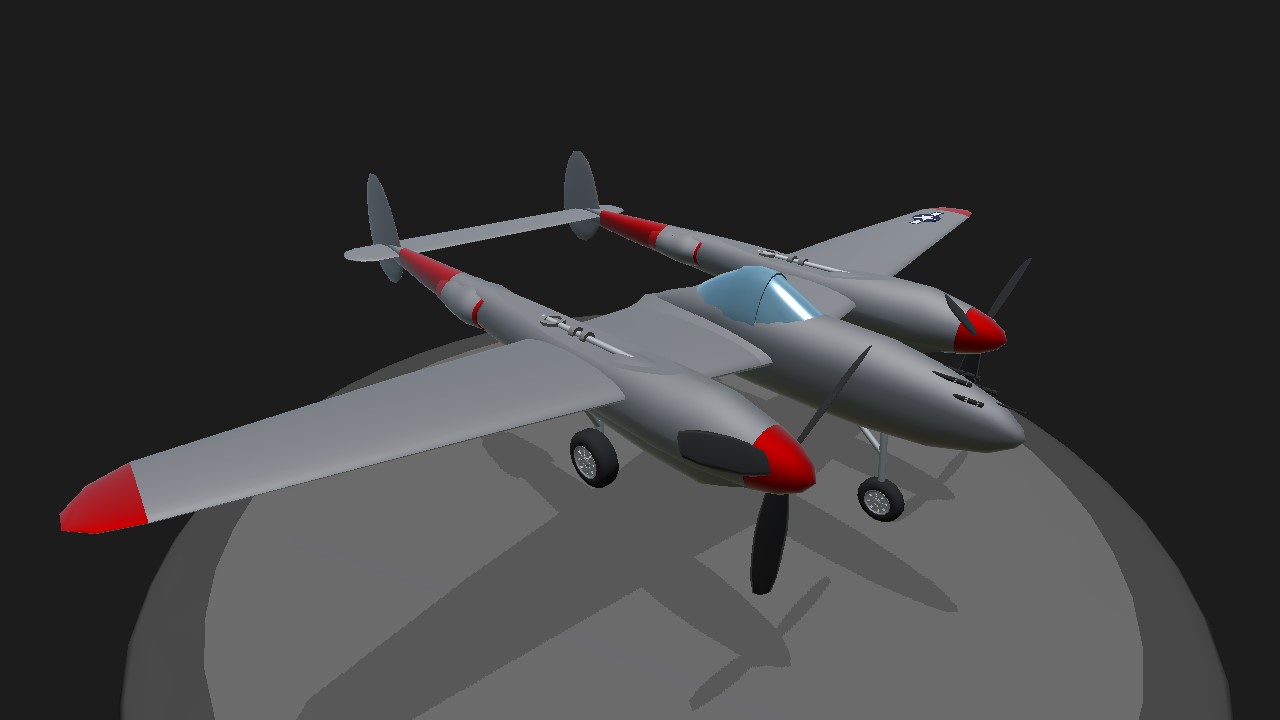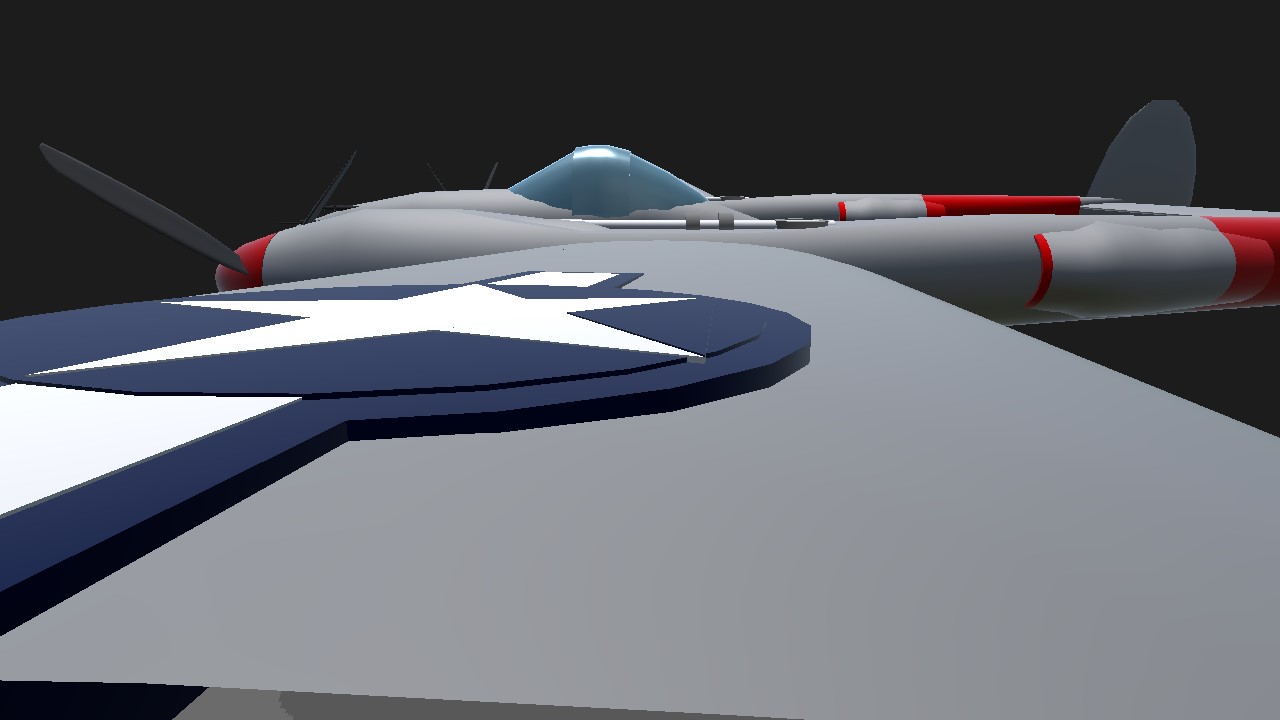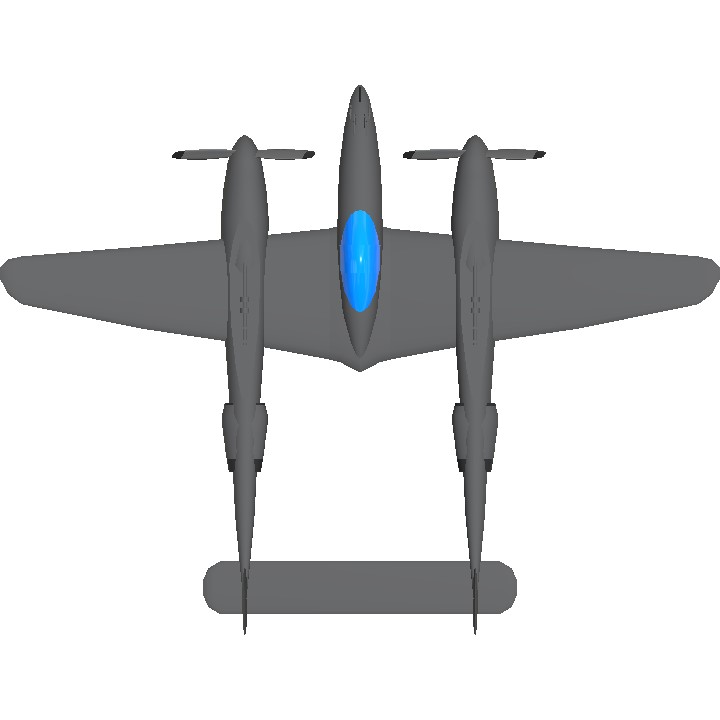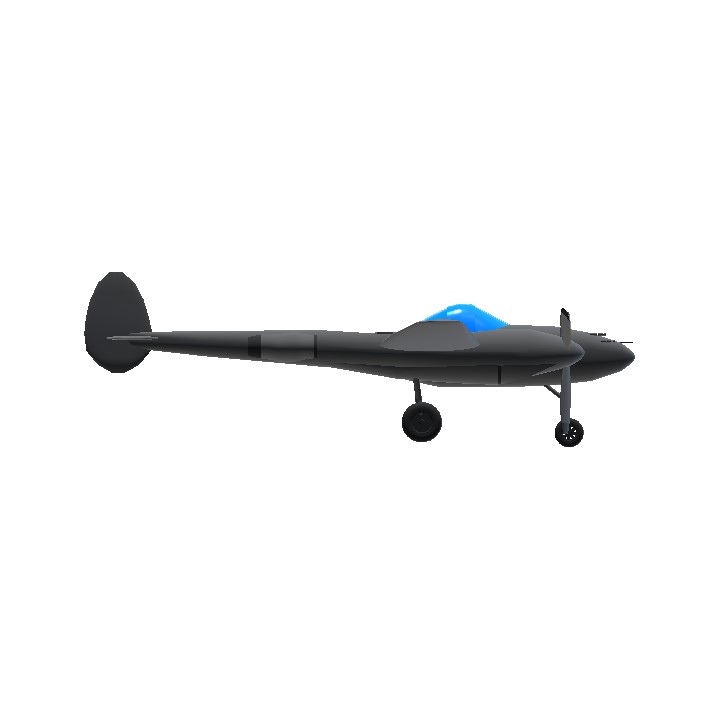DESCRIPTION
Being earning it the German nickname "der Gabelschwanz Teufel" – the Fork-tailed Devil" since some Luftwaffe Bf 109 aces struggling to dogfight this plane include one of 109 ace Franz Stigler said "We lost quite a few pilots who tried to make an attack and then pull up... One cardinal rule we never forgot was to avoid fighting the P-38 head on. That was suicide."
The Lockheed P-38 Lightning is an American single-seat, twin piston-engined fighter aircraft that was used during World War II. Developed for the United States Army Air Corps by the Lockheed Corporation, the P-38 incorporated a distinctive twin-boom design with a central nacelle containing the cockpit and armament. Along with its use as a general fighter, the P-38 was used in various aerial combat roles, including as a highly effective fighter-bomber, a night fighter, and a long-range escort fighter when equipped with drop tanks.[4] The P-38 was also used as a bomber-pathfinder, guiding streams of medium and heavy bombers, or even other P-38s equipped with bombs, to their targets. Used in the aerial reconnaissance role, the P-38 accounted for 90 percent of the aerial film captured over Europe.
The P-38 was used most successfully in the Pacific Theater of Operations and the China-Burma-India Theater of Operations as the aircraft of America's top aces, Richard Bong (40 victories), Thomas McGuire (38 victories), and Charles H. MacDonald (27 victories). In the South West Pacific theater, the P-38 was the primary long-range fighter of United States Army Air Forces until the introduction of large numbers of P-51D Mustangs toward the end of the war. Unusual for an early-war fighter design, both engines were supplemented by turbosuperchargers. This gave the P-38 excellent high-altitude performance, making it one of the earliest Allied fighters capable of performing well at high altitudes. The turbosuperchargers also muffled the exhaust, making the P-38's operation relatively quiet. The Lightning was extremely forgiving in-flight and could be mishandled in many ways, but the rate of roll in early versions was low relative to other contemporary fighters; this was addressed in later variants with the introduction of hydraulically boosted ailerons. The P-38 was the only American fighter aircraft in large-scale production throughout American involvement in the war, from the Attack on Pearl Harbor to Victory over Japan Day.
(from Wikipedia)
CONTROLS
Trim : Flaps
Roll : Taxiing
Specifications
Spotlights
- Bryan5 2.0 years ago
General Characteristics
- Created On Android
- Wingspan 51.7ft (15.8m)
- Length 39.6ft (12.1m)
- Height 12.6ft (3.8m)
- Empty Weight 5,859lbs (2,657kg)
- Loaded Weight 7,945lbs (3,603kg)
Performance
- Horse Power/Weight Ratio 0.402
- Wing Loading 28.8lbs/ft2 (140.6kg/m2)
- Wing Area 275.8ft2 (25.6m2)
- Drag Points 2343
Parts
- Number of Parts 150
- Control Surfaces 8
- Performance Cost 665






